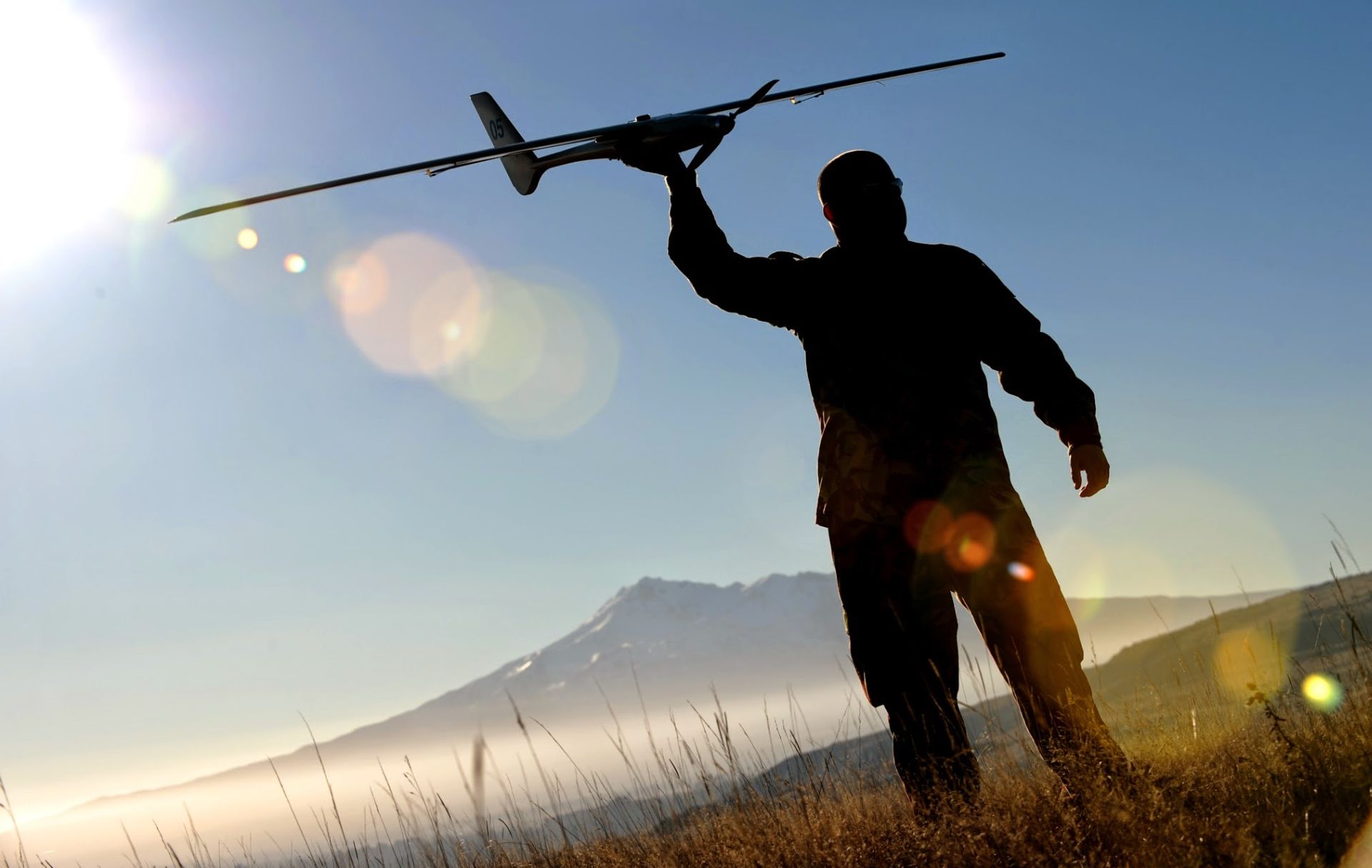A British Columbia based next generation UAV pilot training academy launches February 2015. Classes will be held monthly starting in BC with a travel schedule to be announced by end of quarter.
Course content
Offered jointly by Aerobotika Aerial Intelligence and Pacific Rim Aviation Academy the ground school course covers the new Transport Canada Knowledge Requirements for Pilots of Unmanned Air Vehicle Systems (UAV) 25 kg or Less.
The class setting offers a 4:1 student pilots to instructor ratio and a curriculum that includes: Standard pilot training, technical specifics of unmanned aircraft, industry practices and regulations. Education also covers the distribution of Canadian airspace and the procedures for using the various designations, UAV rules and how to avoid dangerous situations such as harm or interference with manned aircraft and the general public.
UAV Pilot training partners:
Aerobotika is a commercial UAV consulting services organization on the leading edge of regulatory changes. Their operational experience and knowledge of current and emerging technologies broadens the training to cover practical business applications. The combination is ideal for those who see potential within their organization for unmanned vehicles, but need direction getting started.
Pacific Rim Aviation Academy brings years of training 1000s of pilots in the Canadian regulatory environment with experienced trainers dedicated to providing students with practical, career oriented training.
At the end of the course and relevant examinations, UAV pilot candidates receive a Letter of Completion. That letter can be submitted to Transport Canada as proof that pilots have met the knowledge requirements for the special flight operations certificate (SFOC).
Combining Aerobotika’s veteran pilots and UAV technical training with Pacific Rim’s well established commercial flight school program will result in safe and responsible operations of remotely piloted aircraft for both commercial and amateur use.
Because the UAV, alternately called remotely piloted aircraft system, unmanned aircraft system, remote control aircraft, or simply the popular, ‘drone’ is in greater use, concern by both the public and authorities has also intensified.
“It’s a problem across Canada,” said RCMP Sgt. Cam Kowalski in a CTV news interview. Drones are affordable and accessible online, and through hobby shops. People are flying “toy” quad-copters which are capable of reaching altitudes that interfere with commercial and general aviation traffic, often unaware they’re causing problems and are at risk of fines up to $25,000.
“Canada is in a fortunate position to have training guidelines provided by our aviation authority,” says Paul Bennett, Aerobotika’s co-founder. “However, there are other aspects to commercial UAV operations beyond the requirements of Transport Canada and we present those in our pilots’ best practices segment of the course.”

Leave a Reply